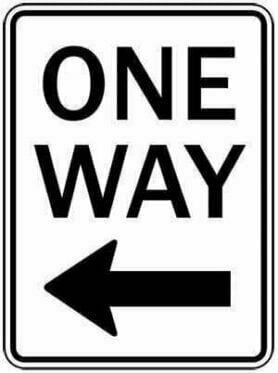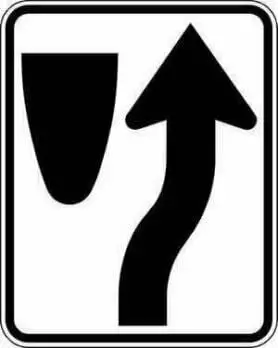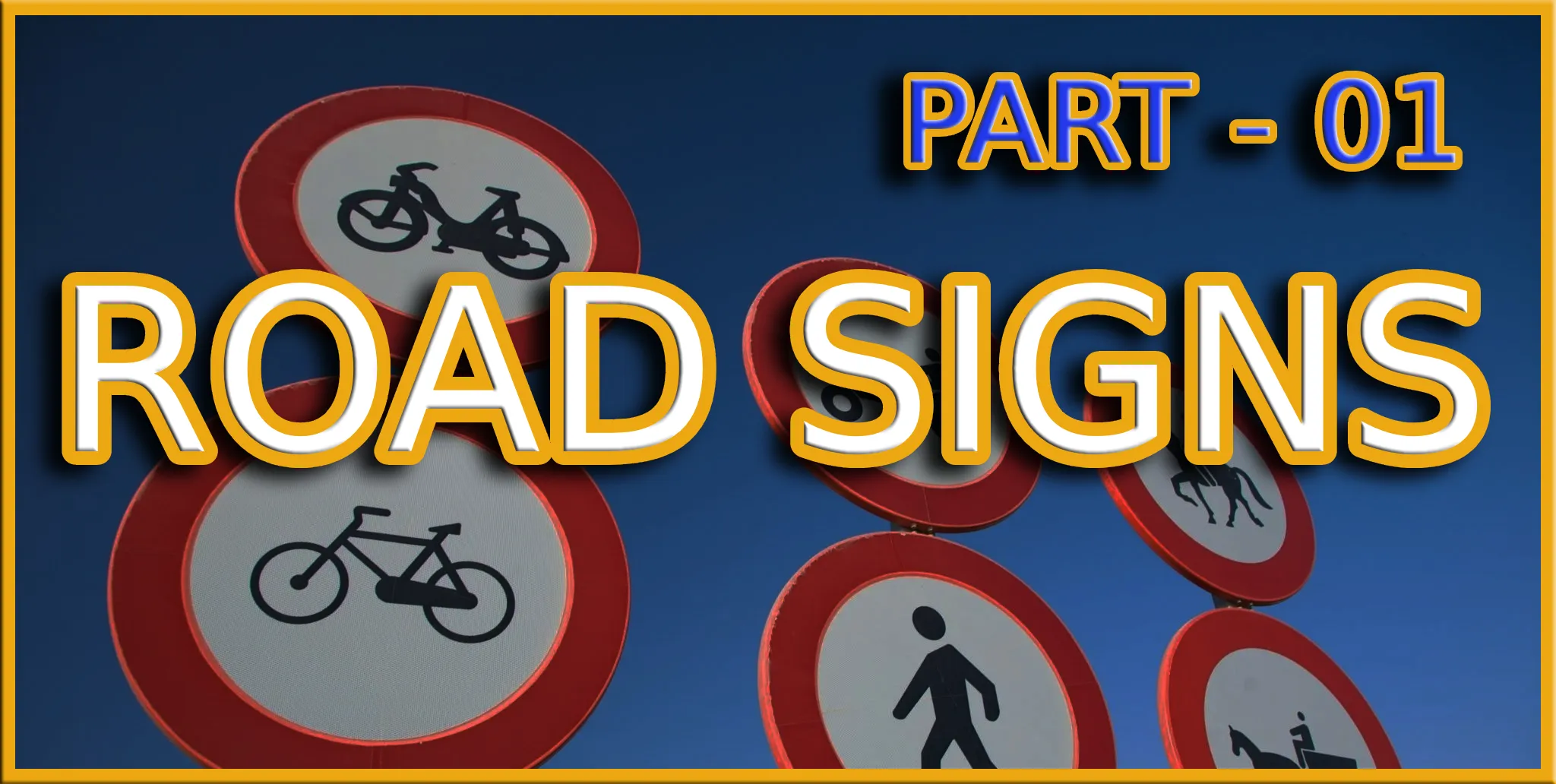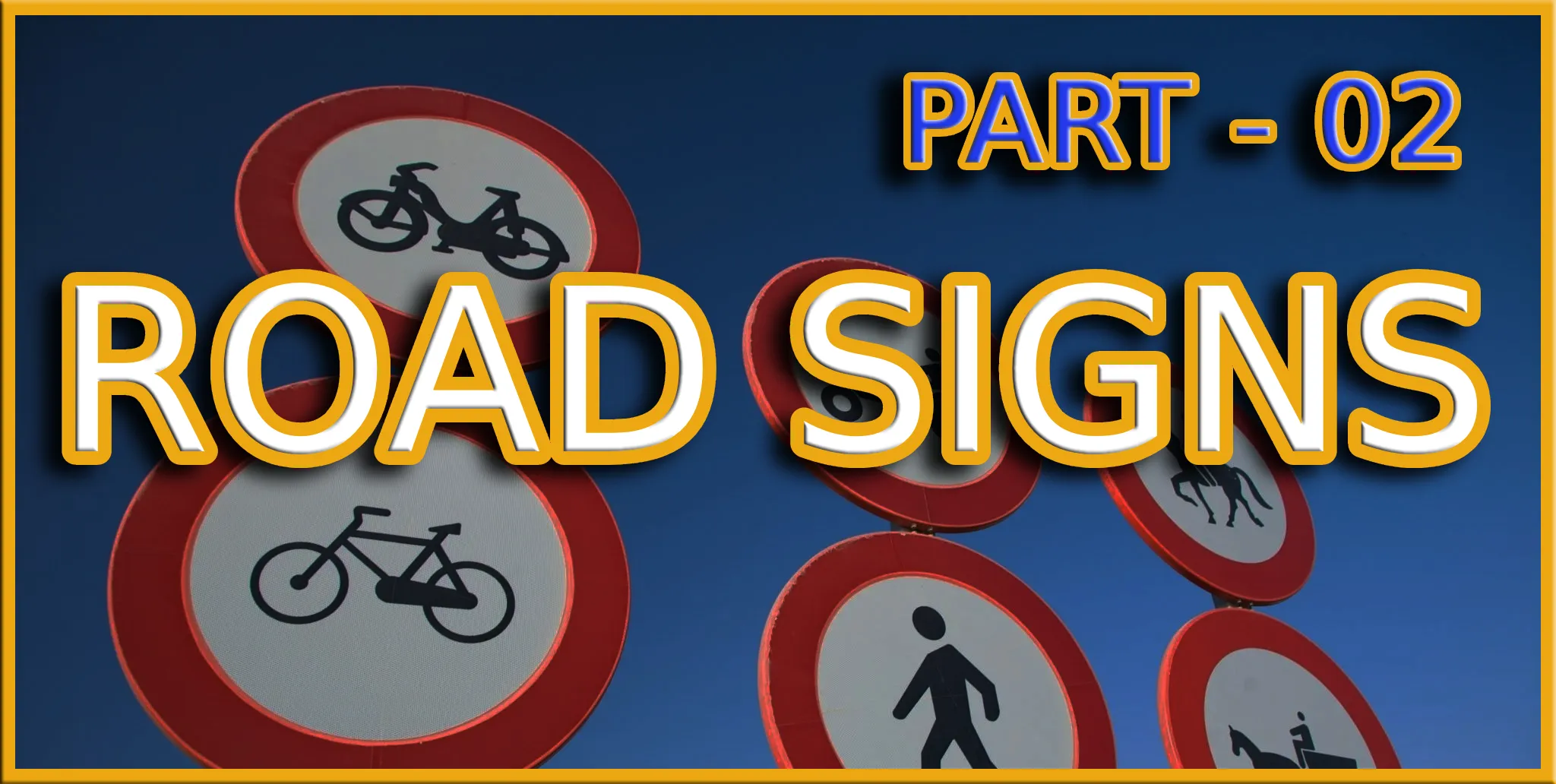Deer Crossing Sign

What Does Deer Crossing Sign Mean?
A “Deer Crossing” sign is a warning traffic sign designed to alert drivers that deer may be crossing the road in this area.
Characteristics:
- Shape: Typically diamond-shaped with a yellow background and black border.
- Symbol: Black image of a deer walking or standing.
- Placement: Positioned on the right side of the road where deer crossings are frequently reported.
Purpose:
- To warn drivers of the potential presence of deer crossing the road, especially during dawn or dusk.
- To encourage drivers to be vigilant and reduce their speed in areas where deer are known to cross.
- To enhance overall safety by reducing the risk of collisions with wildlife.
Remember:
- This sign indicates that deer may be on or near the road; stay alert and watch for movement.
- Slow down, especially in areas marked with this sign, and be prepared to stop if a deer appears.
- Collisions with deer can cause significant damage, so caution is essential.













